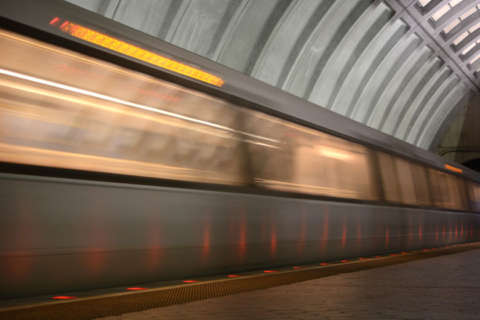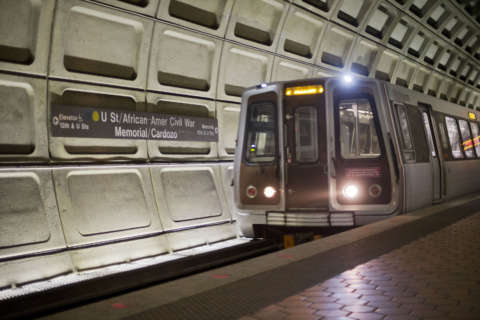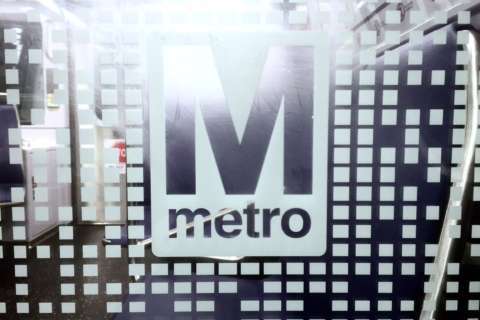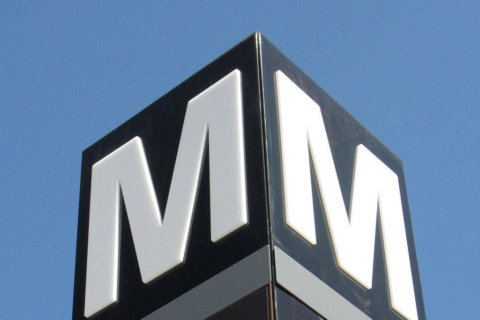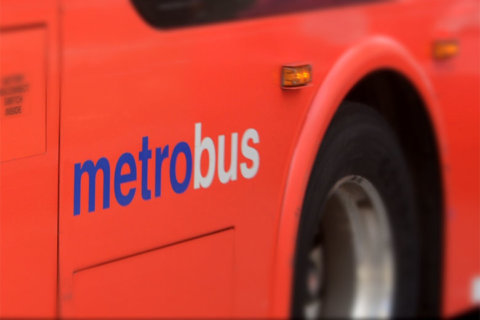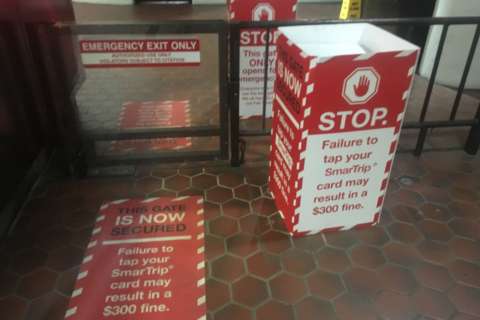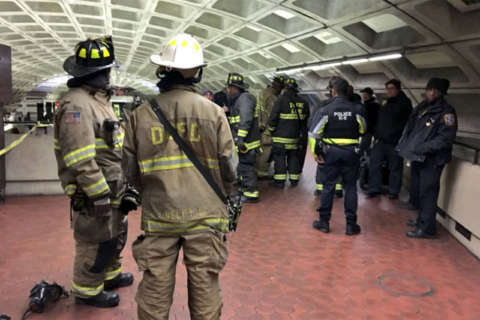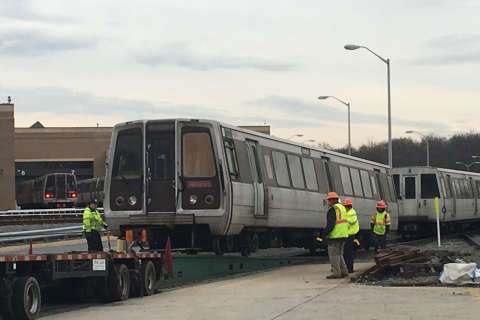WASHINGTON — Metro plans to stick with rush-hour service cuts implemented last summer for years to come, an update to the rail fleet plan to be presented to the Metro Board Thursday suggests.
As part of Metro’s plan for the next round of new rail cars expected to start carrying riders around 2023 as a replacement for 358 older cars, the agency has incorporated a long-term decline in ridership to its calculations on how many new rail cars may be needed. Ridership has fallen most significantly at times Metro has most significantly cut service.
“This change in ridership and the corresponding reduction in service levels is not reflected in the most recent Rail Fleet Management plan,” documents prepared for the Metro Board said. “Based on the current ridership and service and assuming no increase, at least 248 of these cars will need to be replaced.”
That 248 car minimum would build in the long-term service cuts. Metro’s proposed contract would include two options for additional rail car purchases, depending on future ridership projections.
“A long-range projection will likely provide a justification for some growth in ridership and rail car needs,” the documents said.
Metro plans to complete those updated short-term and long-term ridership projections this summer, including projections for the second phase of the Silver Line due to open around 2020. After that, the Metro Board is scheduled to approve the long-term rail fleet plan describing the number of cars and types of service expected in the future.
One major limit on current service is the continued lack of automatic train control that could smooth trips and help trains run more frequently. Metro is still investigating how and if to restore the system, which has been turned off since the 2009 Red Line crash.
In July, Metro plans to begin the next phase of procurement for the new rail cars that would start serving riders in 2023 or 2024. The 8000 Series design plans are expected to improve on today’s new trains, the 7000 Series cars.
Some of the changes would include handles for people standing to hold on to, larger electronic screens with real-time information, better advertising systems, outlets to charge phones, and more clearly-designated space for wheelchair users.

